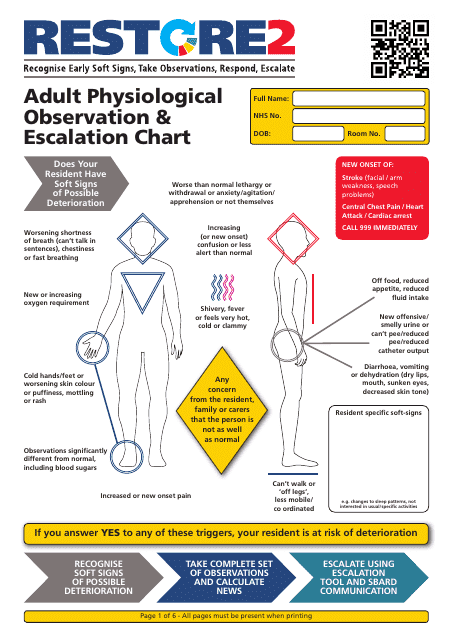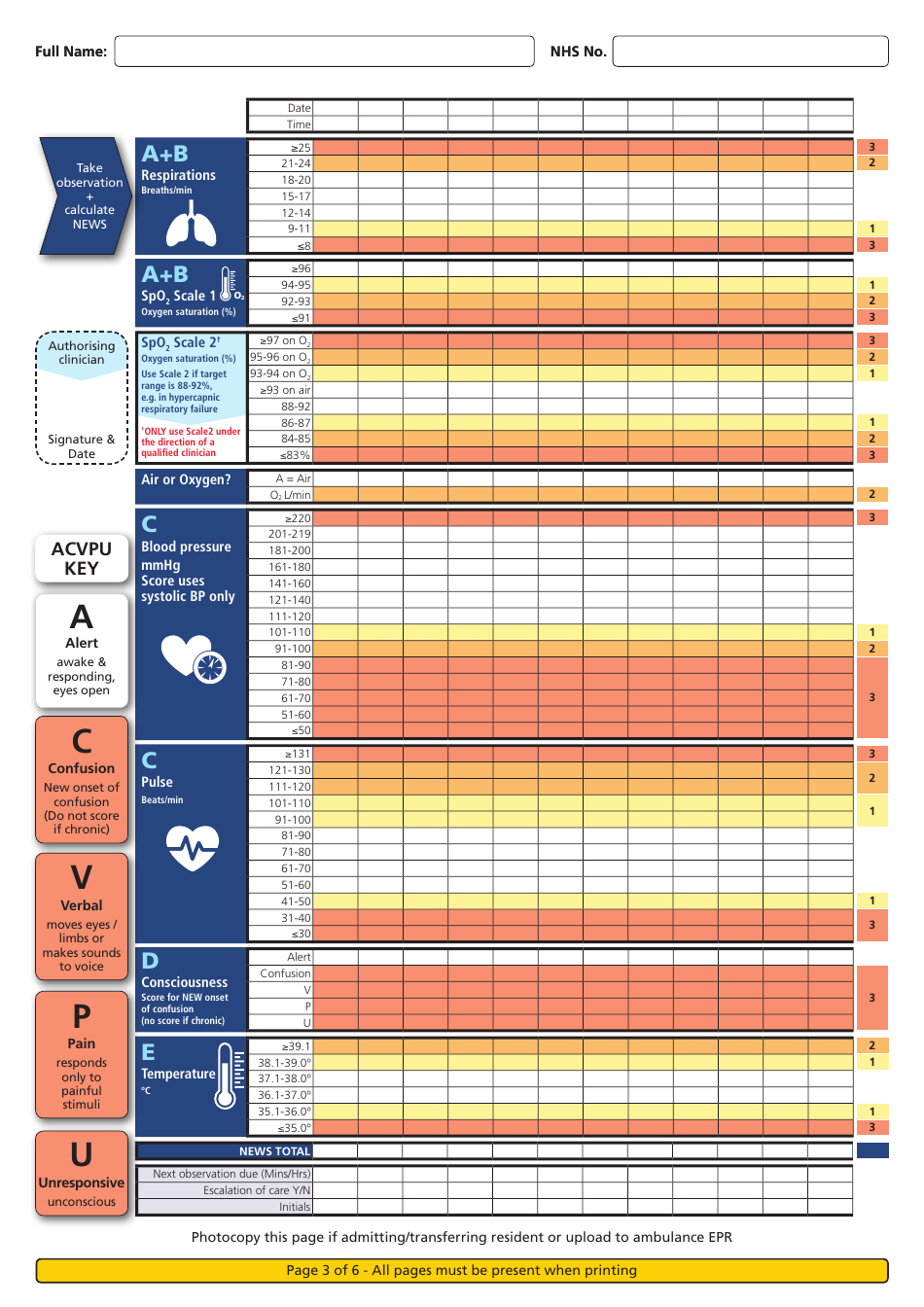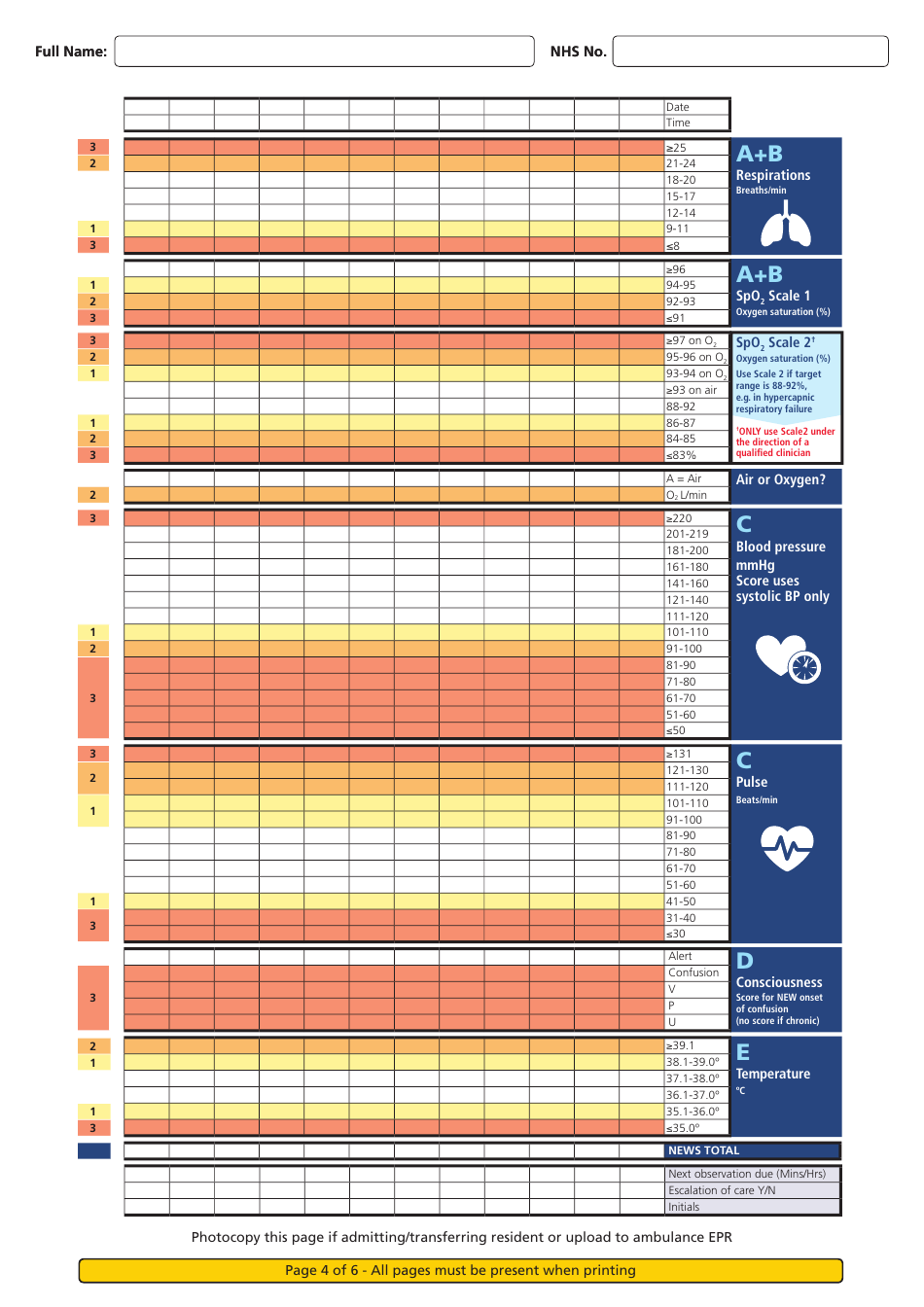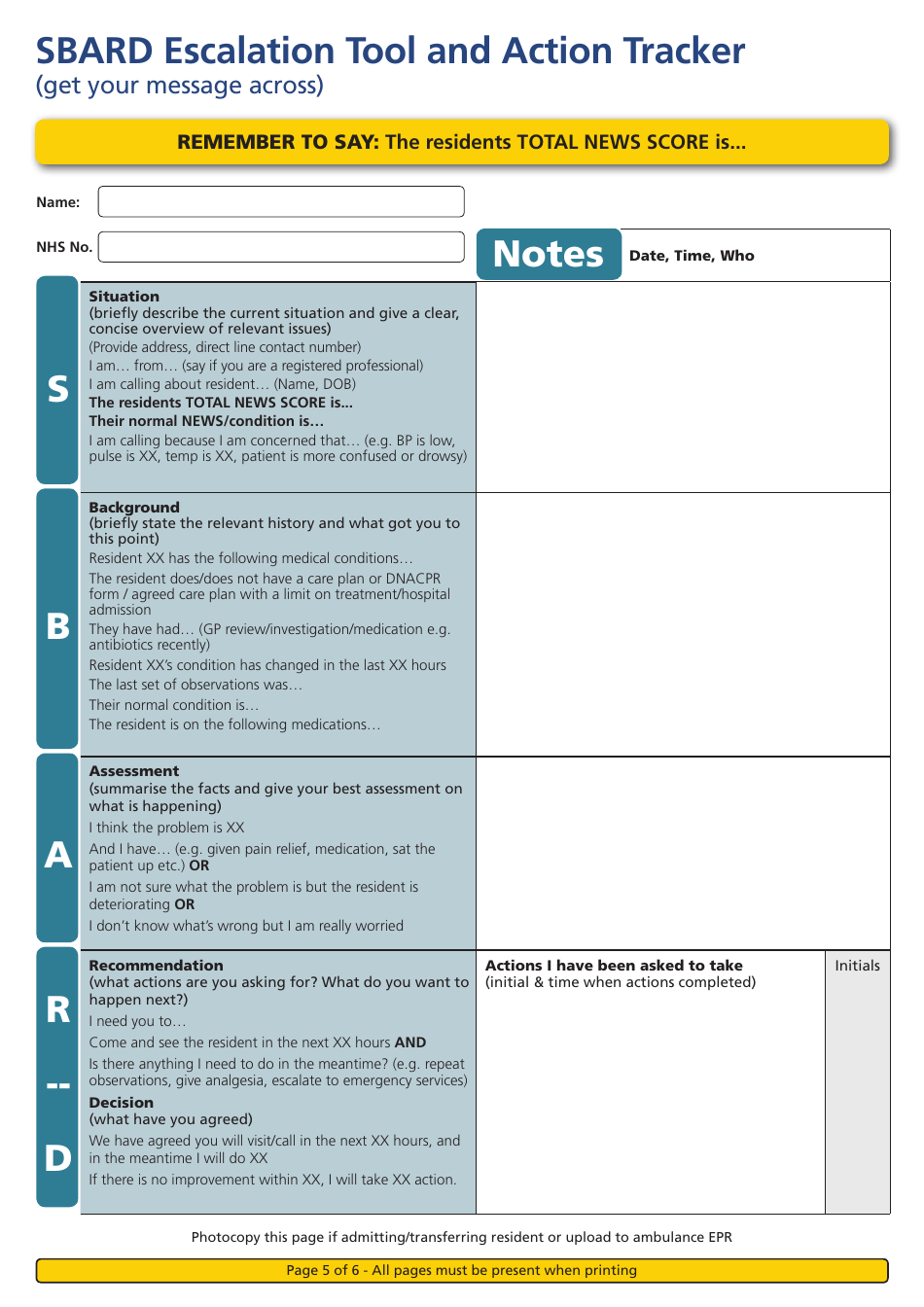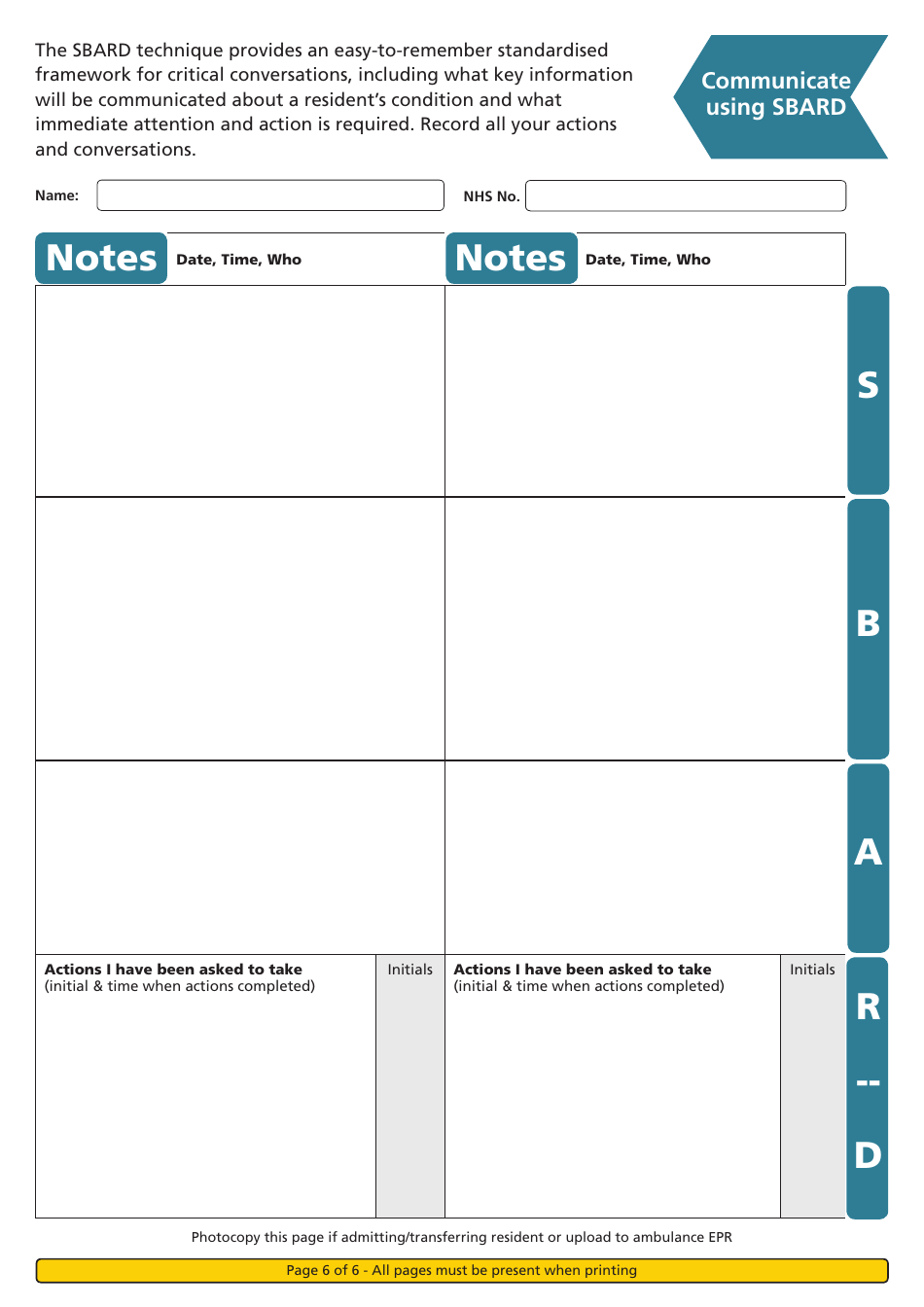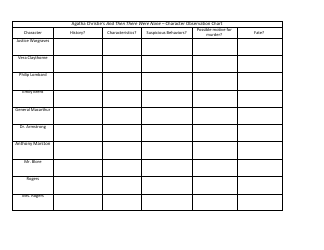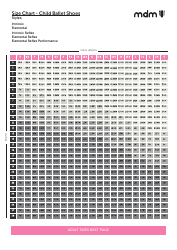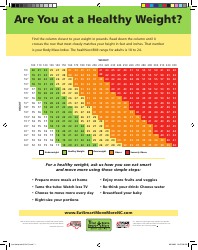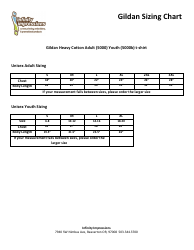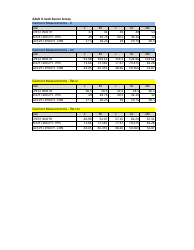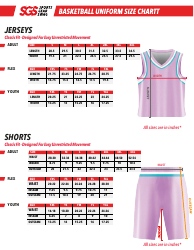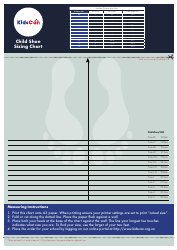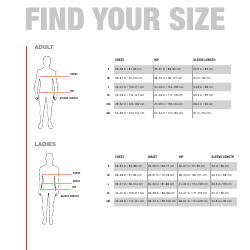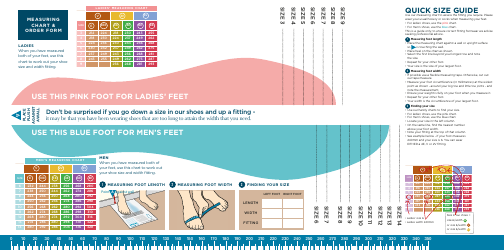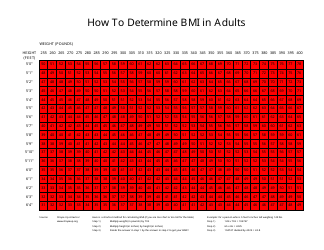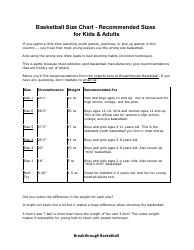Adult Physiological Observation & Escalation Chart
The Adult Physiological Observation & Escalation Chart is a document used in the healthcare industry for patient care. It is designed to record a patient's vital signs and physiological parameters such as heart rate, blood pressure, respiratory rate, temperature, and mental status. It allows medical professionals to monitor the patient's condition over time and promptly respond to any significant changes. The escalation part pertains to the procedures followed if the patient's condition deteriorates. It is key in ensuring that patients at risk of clinical deterioration receive timely and effective care.
The Adult Physiological Observation & Escalation Chart is generally filed by healthcare professionals such as nurses, doctors or other medical staff. This chart is used to monitor vital signs and other observations related to a patient's physiological status. The data collected assists in detecting any deterioration in the patient's condition, enabling early intervention or an escalation in the level of care if required, hence it is called an "escalation" chart. The specific details of who fills in this document can vary depending on the exact healthcare system and hospital protocols.
FAQ
Q: What is an Adult Physiological Observation & Escalation Chart?
A: An Adult Physiological Observation & Escalation Chart is a medical chart that health professionals use to record a patient's physiological status such as heart rate, blood pressure, temperature, respiratory rate, and oxygen saturation. It also includes a scoring system to escalate care if the patient's condition deteriorates.
Q: What is the purpose of Adult Physiological Observation & Escalation Chart?
A: The purpose of this chart is to provide a standardised approach to detect deterioration in an adult's health condition. It helps in early recognition of potential health issues and ensures timely and appropriate clinical intervention.
Q: How does an Adult Physiological Observation & Escalation Chart work?
A: This chart uses a patient’s vital signs to calculate a 'score'. If the score is high, it triggers a more senior health professional review or an emergency response. The process is also known as 'clinical escalation'.
Q: What is clinical escalation in the context of the Adult Physiological Observation & Escalation Chart?
A: Clinical escalation refers to the process of increasing the level of care in response to a patient's deteriorating physiological status. It could involve more intensive monitoring, calling for a senior health professional review or even mobilizing an emergency response team.
Q: How often are the observations recorded in an Adult Physiological Observation & Escalation Chart?
A: The frequency of observations can vary depending on the clinical condition of the patient. Typical recommendations may range from every 15 minutes for highly unstable patients to once every 4 to 6 hours for stable ones. However, actual frequency is set according to the healthcare team's judgement based on individual patient needs.
